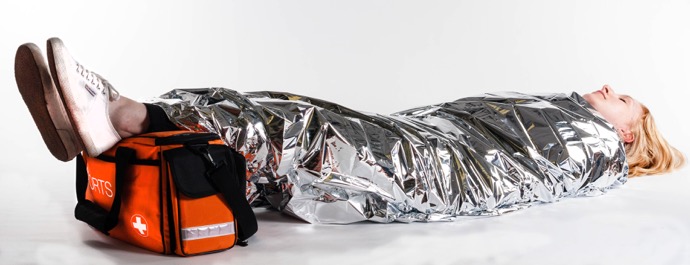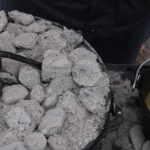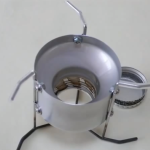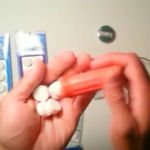First Aid: How to Identify and Treat Shock
Shock is an outward sign of a host of life-threatening medical conditions that indicate the patient needs immediate care. However, the manifestation of shock can take on many different forms, and some are more obvious than others. Let’s look at some of the common signs so that you can provide necessary first aid that can stabilize the patient until they can get to the emergency room.
Causes
Shock is primarily caused by an interruption of blood flow through the body. It is also the result of being “stunned” by minor or major trauma. Some common causes of shock include a significant loss of blood, heart failure, severe infections, burns, blunt force trauma, allergic reactions, head injuries, heat exhaustion or hypothermia.
Signs of Shock
Signs generally include sweaty, pale and clammy skin that is cool to the touch, unquenchable thirst as well as nervousness or jitters. Confusion or disorientation, weakness, a desire to sleep or a sense of “detachment” are also common signs. Skin may become blotchy with red patches, lips and extremities will can become bluish and breathing rates can be faster than usual.
Patients who have significant blood loss will almost automatically go into shock if the bleeding is not controlled. This is also true for those who have internal injuries. Chances are that most cases of shock will be easy to detect if someone knows the patient and observes alterations to their level of consciousness or behavior.
Treating Shock
Treatment choices for shock often depends on the cause. For example, controlling bleeding, warming hypothermic patients or cooling those suffering from heat exhaustion can alleviate symptoms. However, since many causes of shock are not treatable in the field, getting the patient stabilized until they can be transported to the emergency room should be the primary focus.
Maintaining body temperature is one of the most important things to do in order to stabilize a patient in shock. Even if they are hot, they could be shivering so much that they are actually freezing. Wrap them in a blanket, rub their hands and chest and try to make them as comfortable as possible. Patients in shock often panic or become agitated. Try to reassure and calm them, and watch your own level of anxiety as patients can sense the severity of their condition in the expressions or demeanor of others who are rendering aid.
You also want to elevate the patient’s legs about 10-12 inches above the ground in order to force blood into the core of the body. However, you don’t want to do this if they are suffering from a head, neck or back injury. If they have had a heart attack or are having difficulty breathing, sit the patient up in order to reduce stress on the respiratory muscles.
It is very important that you do not provide any food or liquid to a patient who is in shock. This can cause them to vomit and choke. It can also increase blood loss and place further stress on the heart. If the patient is unconscious, or near to being unconscious, place them on their back in the prone position and turn their head sideways. This will prevent them from choking if they vomit.
Remember that time is of the essence when dealing with someone who is in shock. This is a clear signal that a serious condition is causing their body to shut down, and delaying treatment can be fatal. Follow the steps above or use other prudent measures to stabilize the patient, but make sure that they get to the hospital as soon as possible, even if you have to leave them behind to get help.














